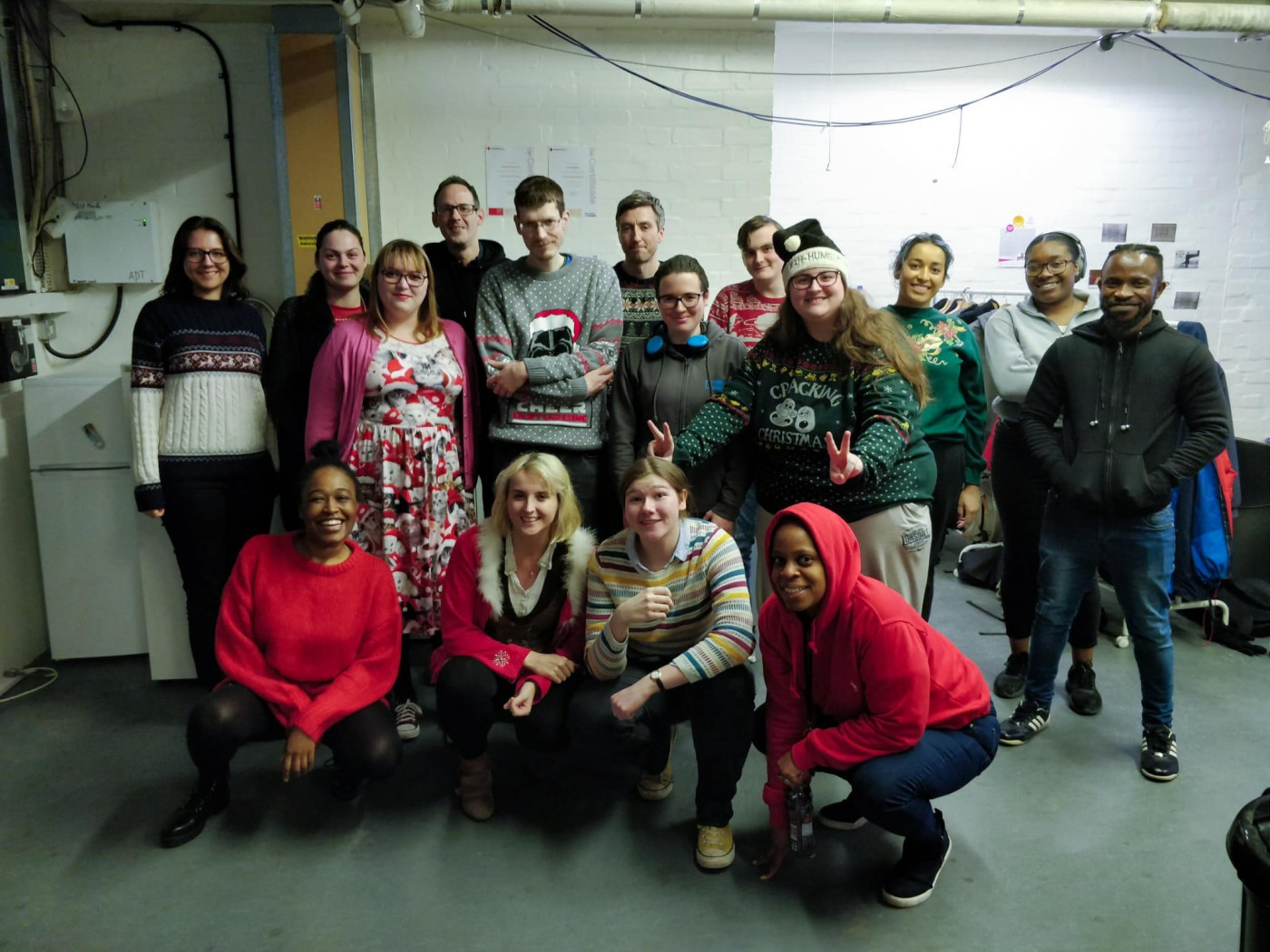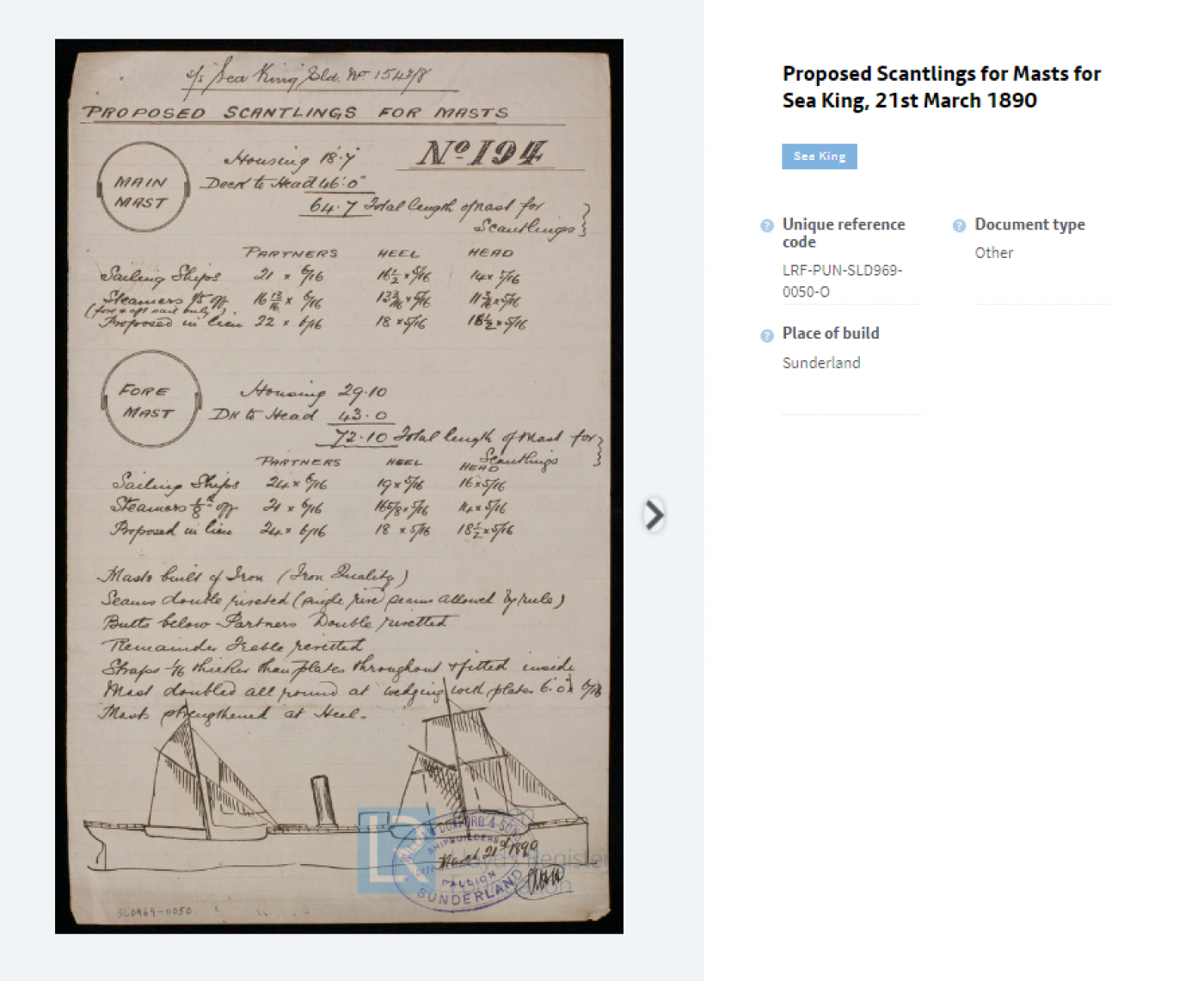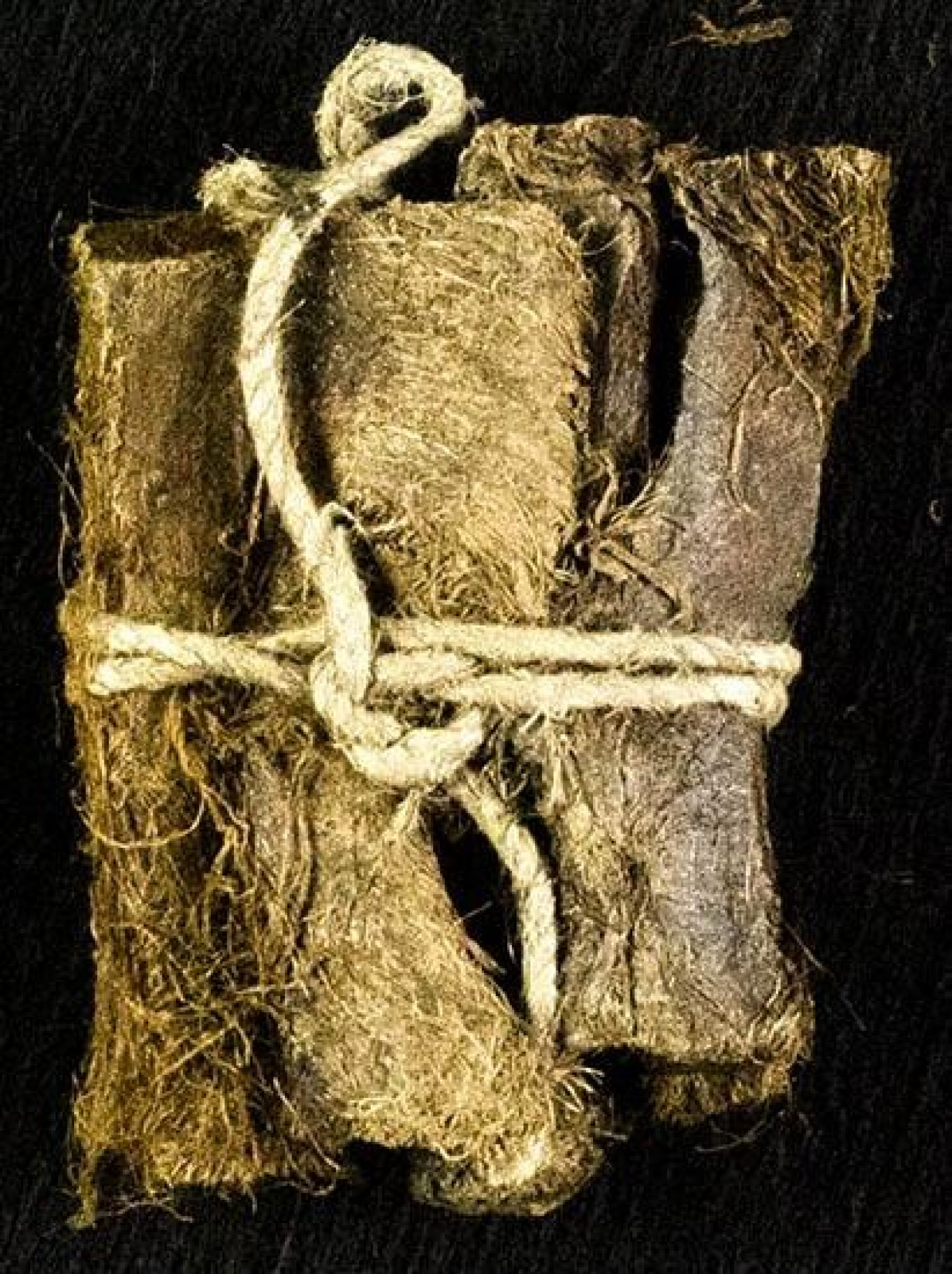Thursday, April 22 2021
My name is Florence Bradshaw. I am part of the management team at Max Communications with specific responsibility for the LRF’s Ships, Plans and Survey Reports project. I joined Max Communications on the first full day of digitisation of the collection, which means I have been working on the project since it began in 2018.
My co-manager Faith and I took on management of the 30-strong team in early 2020 - I don’t think any of us could have anticipated that within a few months our team would be working remotely for such a long time!

Digitisation of the collection runs across a series of interconnected and interdependent stages, each one as important as the other.
Following an assessment by one of our in-house conservators, and once any conservation treatments have been completed, we start with the numbering stage. This is a vital part of the project, during which each individual document within the collection is catalogued, and a unique code assigned to each catalogue item both physically and electronically.
After the catalogued item has been entered into our indexing platform, THEMIS, we capture the images using several of our overhead rostrum camera set-ups, as well as 3 plan scanners and a giant 6-camera rig for the over-sized plans. The captured images are then assigned to the relevant THEMIS numbered code during the Splitting stage. Once this has been completed, we transcribe the data from within the document and index it - this is my favourite stage as we get to work on some of the more unusual items in quite a bit of detail! After a final quality check - each image undergoes at least 4 QA stages during the digitisation and indexing process - we are finished, and the final images and metadata are made available for upload to the HEC website.

Max has been very lucky in that we moved into a new office just before lockdown. This meant that we were able to continue working on the project. At the moment, the teams who work on numbering and capturing are based at our production studio in Woolwich. Of course, we’ve had to adapt our processes for social distancing, with everyone wearing masks, regularly washing hands and sitting well away from each other. We’ve also changed our working hours a little to allow for travel to work outside of peak times. The rest of the team are working remotely on aspects of the project that don’t need direct access to the physical items, such as Splitting and Indexing.
Some of the team have said that it is more difficult to help others from home: not being able to see the physical item, and look at the other items around it, makes it harder to identify the more obscure items. Also, prior to lockdown we were able to discuss items with Barbara and Max from HEC more easily, as they worked in the same building for some of the week - of course, we can’t just run items upstairs now! For some, working from home brings fewer distractions than working in the office. As a result, they are able to focus more clearly on the work they are doing. For others, though, the most distracting thing about working from home is their pets not understanding that being at home doesn’t mean cuddles and play all day.
Personally, the most difficult aspect has been adjusting to not seeing the team every single day. On those days when I have worked from home I’ve found it a struggle not being able to easily cross the room and speak to someone, or dive into the box myself, but there is always someone in the office happy to help. We are very lucky in that we’ve got great communication within the team, with regular meetings, emails and a group chat to keep everyone in contact, so while we’re not able to see each other in person, we are still working closely together.


Over the two years that the project has been running, we’ve digitised some incredibly interesting material. Some of our favourites are things which you don’t expect to find in an archive - for example, a caulking specimen from the vessel Kathleen, and bituminous cement samples from the steamer Barao de Cameta. These are quite a change from the normal documents we work on, which tend to be survey reports, correspondence about the surveys, and ship plans. We’ve had items pass through the collection which are less related to the world of ships, such as train timetables and cycling shoe patent brochures. One of the team's favourite items is a beautiful photo of the Stern reinforcement of the vessel Moffitt, taken during the reinforcement with workers still in shot.

My personal favourite items within the collection are all within the Correspondence category - some of the letters are quite juicy, for example one letter in which the surveyors apologise for not finishing their work on time: 'We freely admit that we ought to have cleared off all arears before entering upon our summer vacation.', or another in which the Bombay Surveyor, Robert Cheetham, asks the Secretary to inform his wife that he is returning home; we wonder why he didn’t send a confirmation directly to her! Another favourite is a letter from shipowners Jenkerson & Jones, in which they write: ‘I may say, without fear of contradiction, that my ships are the best kept up trawlers in this or any other dock.’. We’ve also found some emails from 1988, which may be the latest documents we will digitise in the collection - but we’ll have to wait and see.

